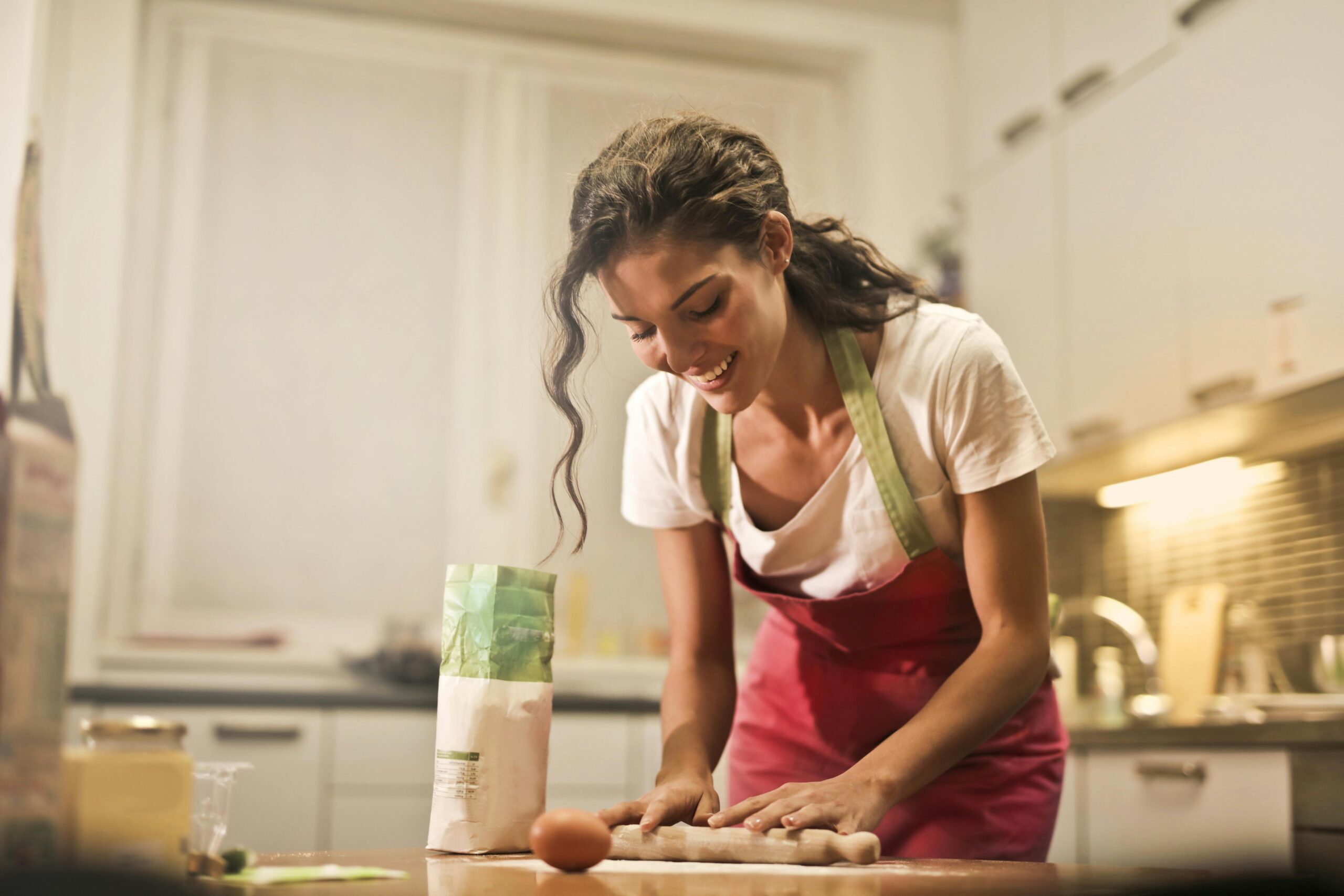Meal Prep Like a Pro: Tips for Success
Meal prepping is the secret weapon of busy individuals looking to eat healthier, save time, and reduce stress during the week. By dedicating a few hours to preparing meals in advance, you can set yourself up for success and make healthy eating a breeze. In this post, we’ll share expert tips and strategies for meal prepping like a pro, so you can enjoy delicious and nutritious meals all week long. Plan Your Meals The key to successful meal prep is planning. Start by creating a meal plan for the week ahead, taking into account your schedule, dietary preferences, and nutritional goals. Choose recipes that are easy to batch cook and can be stored well. Make a Shopping List Once you have your meal plan in place, create a shopping list with all the ingredients you’ll need for your recipes. Stick to your list while shopping to avoid impulse buys and ensure you have everything you need for your meal prep session. Choose Batch-Friendly Recipes Opt for recipes that lend themselves well to batch cooking, such as soups, stews, casseroles, and one-pan meals. These dishes can easily be prepared in large quantities and portioned out for meals throughout the week. Prep Ingredients in Advance Save time during your meal prep session by prepping ingredients in advance. Wash and chop vegetables, marinate proteins, and cook grains and legumes ahead of time so they’re ready to go when it’s time to assemble your meals. Invest in Quality Storage Containers Invest in a set of high-quality, durable storage containers in various sizes to store your prepped meals. Look for containers that are freezer and microwave-safe, as well as leak-proof to prevent spills and messes. Use the Right Tools Make meal prep easier and more efficient by using the right tools and equipment. Invest in kitchen gadgets like a slow cooker, Instant Pot, food processor, and sharp knives to streamline the cooking process. Organize Your Workspace Set yourself up for success by organizing your workspace before you start meal prepping. Clear clutter from your kitchen counters, gather all your ingredients and equipment, and designate areas for chopping, cooking, and assembling meals. Multi-Task Efficiently Maximize your time and efficiency during meal prep by multi-tasking whenever possible. While one dish is cooking on the stove, use that time to chop vegetables or prepare another component of your meal. Portion Out Meals Once your meals are cooked and assembled, portion them out into individual containers for easy grab-and-go convenience. Label containers with the meal name and date to keep track of what’s inside and when it was prepared. Store Properly Store your prepped meals in the refrigerator or freezer, depending on when you plan to eat them. Refrigerated meals should be consumed within 3-4 days, while frozen meals can be kept for several weeks. By following these tips for meal prepping like a pro, you can save time, reduce stress, and make healthy eating a priority in your busy life. With careful planning, organization, and preparation, you’ll have delicious and nutritious meals ready to enjoy all week long. So, roll up your sleeves, get creative in the kitchen, and start meal prepping like a pro today!










